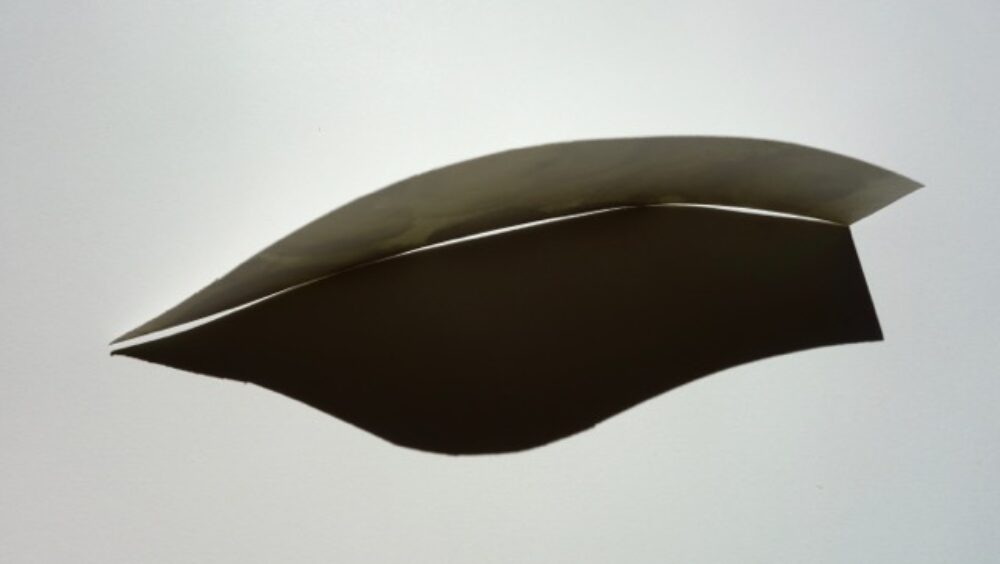Blood Works
Doesn’t it all start with “family”? We understand what a “family” is. We are thrust into one and, therein, we learn how we are “related” to other people.
Most North Americans understand that we have two different kinds of relatives. We have “blood relatives” and “in-laws”. There is an unwritten expectation that all relatives should share if not love, then a “diffuse, enduring solidarity”. Ideally, relatives care for each other but the interaction of “relatives” is not a normatively prescribed sequence of behaviors. Rather like friendship it is a social relationship marked by the absence of specifications. *
“Blood” relations and “in-law” relations differ in a significant way. “In-law” relationships are voluntarily entered into and can be terminated. A marriage should be enduring but may be ended. “Blood” relations, on the other hand, are given and cannot be terminated because they are relations in “nature”. As the anthropologist David Schneider noted “there are no ex-mothers”.
“Blood” relatives share biogenetic material. Everyone understands the statement “my daughter is my flesh and blood”. “Blood” relations are the most valued and though we can withdraw our care (our diffuse enduring solidarity) from our “blood” kin, doing so ruptures a relationship of identity. We can see family resemblances among those who are related by “blood” (facial features, skin color, body proportions). We also like to think (reasonably) that people related by “blood” have similar personalities, dispositions or aptitudes. When we watch Rey Skywalker and Kylo Ren (Ben Solo) do battle with their own Palpatine “blood”, we understand the conflict and we feel it. There is an invisible inheritance flowing through them that links them to the evil Sith. Can they rupture that biological tie and free themselves from a biogenetic fate they reject? Is it Nature or Nurture that makes a family look like a family and act in familiar ways?
Our “reasonable” and abiding understanding of “blood” has very little to do with how scientists and doctors sitting at the top of the pyramid of biology understand blood as an organically complex fluid. More on that in the next post.
The takeaway is this: the bedrock of how we differentiate between “us” and “them” is a long lived metaphor that links identity with a biological essence.
Ask yourself, if a group of people resemble each other, do they share some biogenetic essence? Should we reasonably expect them to act in the same ways?
*This broadly characterizes our North American ideas about kinship. Some particular families and family traditions may have very specific normatively prescribed behaviors for different “relatives”.
